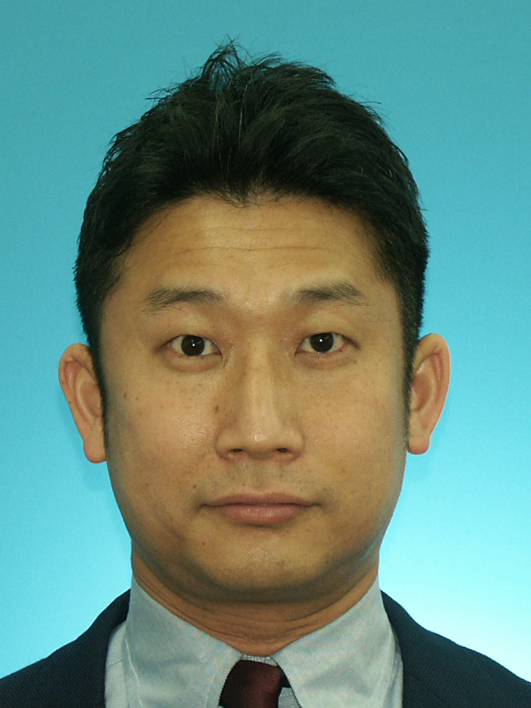Description
(Objectitves) To evaluate the change of the bone plug within femoral tunnel using CT and MRI.
(Methods) 33 patients had a primary anatomic rectangular tunnel ACL-R using autogenous BPTB graft. Femoral tunnel was created via far anteromedial portal. As for image analysis, using CT at 12 days postoperatively, the occupation rate of bone plug in femoral tunnel was calculated , and the femoral posterior wall blowout was evaluated. Then, using CT at 6 months postoperatively, the resorption rate of bone plug was calculated. Finally, using MRI at 6 months postoperatively, the signal intensity around bone plug in tunnel was measured to calculate the signal/noise quotient (SNQ). Moreover, At 6 months after ACL-R, clinical examination was performed. Relationships of the resorption rate of bone plug with the anterior knee laxity, the occupation rate of bone plug, the femoral posterior wall blowout, and SNQ were evaluated.
(Results) There was no ROM deficit or swelling in all cases. Instrumented side-to-side difference at maximum manual drawer force was 0.3 ± 1.0mm. The occupation rate of bone plug was 63.3±14.7 % and 7 cases had femoral posterior wall blowout. The resorption rate of bone plug was 38.3±31.5% and SNQ was 4.1±2.2. With regard to the relationship to bone resorption rate, the cases with posterior wall blowout showed significantly higher bone resorption than cases without blowout. Moreover, SNQ demonstrated the positive correlation .
(Conclusions) Cases with posterior wall blowout showed significantly correlated with bone plug resorption. The larger resorbed bone area in tunnel showed higher MRI signal intensity, which might be related to the healing in tunnel. Although there was no relationship between bone plug resorption and anterior knee laxity at 6 months, cases with larger bone resorption might be paid attention.




